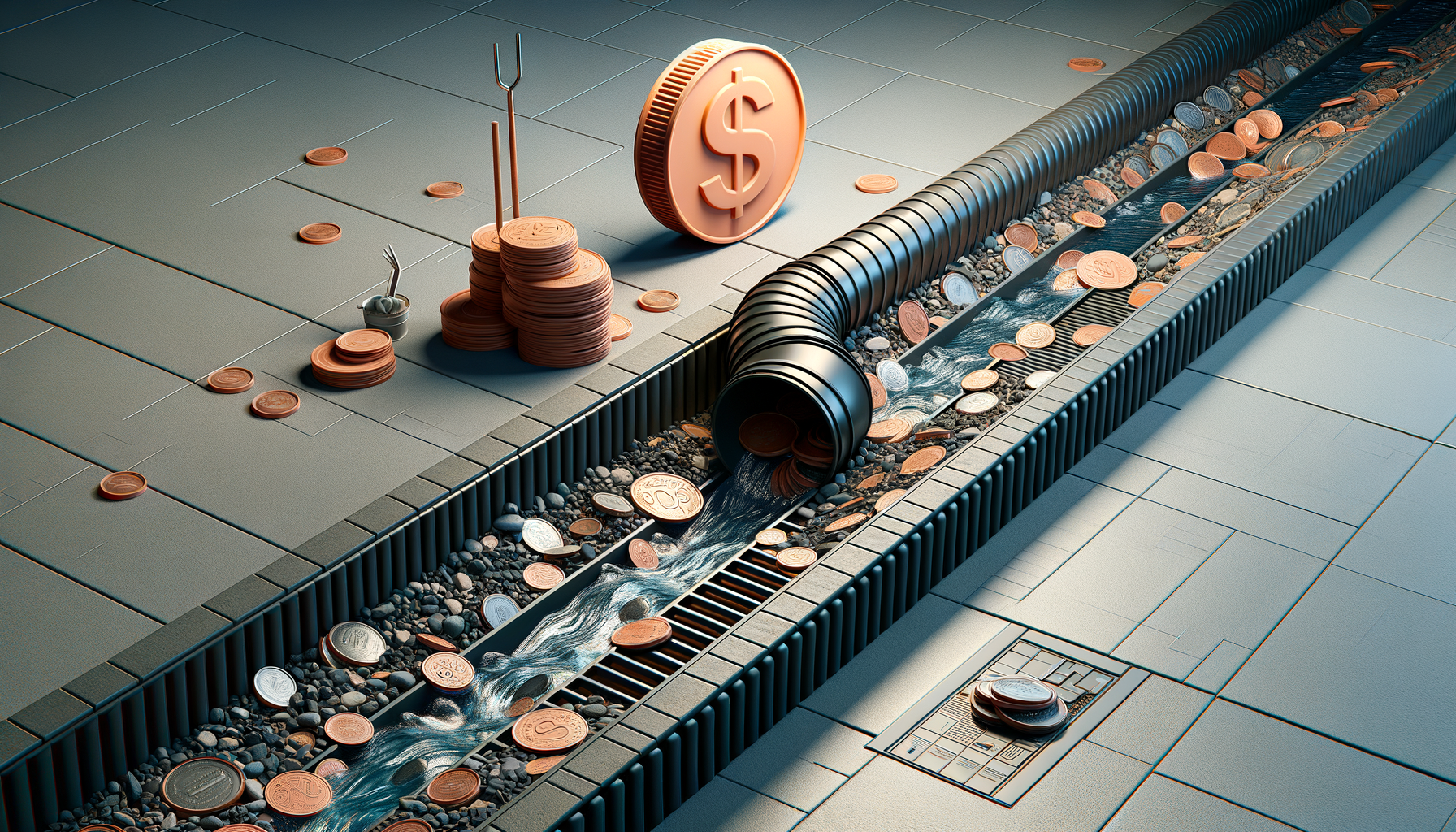Understanding Trench Drains: A Comprehensive Overview
Trench drains are an essential component in the management of water flow and prevention of flooding in both residential and commercial settings. These linear drainage systems are designed to efficiently collect and channel surface water away from critical areas, reducing the risk of water damage and maintaining the integrity of structures. A trench drain typically consists of a long, narrow channel with a grate covering, which can be customized to suit various applications. Understanding the mechanics and applications of trench drains can help property owners make informed decisions about their drainage solutions.
The installation of trench drains is particularly beneficial in areas prone to heavy rainfall or water accumulation. By directing water away from buildings, driveways, and walkways, trench drains help prevent the erosion of soil and the deterioration of construction materials. Moreover, they contribute to the safety of pedestrians and vehicles by minimizing the risk of water-related accidents. The versatility of trench drains makes them suitable for a wide range of environments, including urban landscapes, industrial sites, and recreational areas.
When selecting a trench drain system, several factors should be considered, including the load capacity, material, and design. Common materials used in trench drains include concrete, polymer, and stainless steel, each offering unique benefits and drawbacks. For instance, concrete trench drains are known for their durability and strength, while polymer options provide lightweight and corrosion-resistant alternatives. By evaluating these factors, property owners can choose a trench drain system that meets their specific needs and budget constraints.
Gutter Covers: Enhancing Drainage Efficiency
Gutter covers play a crucial role in enhancing the efficiency of drainage systems by preventing debris buildup and ensuring a smooth flow of water. These protective barriers are installed over gutters to block leaves, twigs, and other debris from entering and clogging the drainage channels. By keeping gutters clear, gutter covers reduce the need for frequent maintenance and lower the risk of water overflow and property damage.
There are various types of gutter covers available, each designed to address specific needs and preferences. Common options include mesh screens, reverse curve systems, and foam inserts. Mesh screens are popular for their ability to filter out small debris while allowing water to pass through easily. Reverse curve systems, on the other hand, are designed to direct rainwater into the gutter while shedding debris off the edge. Foam inserts fit snugly inside the gutter, blocking debris from entering while allowing water to flow through the porous material.
When selecting gutter covers, it is essential to consider factors such as the climate, the type of debris commonly encountered, and the gutter system’s design. Properly installed gutter covers can significantly extend the lifespan of gutter systems and reduce maintenance costs, making them a valuable investment for property owners. Additionally, by minimizing the risk of clogs and water damage, gutter covers enhance the overall performance of drainage systems and contribute to the safety and longevity of structures.
Installation and Maintenance of Trench Drains
Proper installation and maintenance of trench drains are critical to ensuring their effectiveness and longevity. The installation process typically involves excavating a trench, laying the drainage channel, and securing the grate cover. It is important to ensure that the trench is excavated to the correct depth and gradient to facilitate efficient water flow. Additionally, selecting the appropriate drainage channel and grate material can impact the system’s performance and durability.
Regular maintenance of trench drains is essential to prevent blockages and maintain optimal water flow. This involves routine inspections to check for debris accumulation, damage to the channel or grate, and any signs of wear and tear. Cleaning the grate and channel periodically can help prevent clogs and ensure the smooth operation of the drainage system. In cases where the trench drain is installed in high-traffic areas, more frequent maintenance may be required to address wear and potential damage.
Property owners should also be aware of the potential for environmental factors to affect the performance of trench drains. For example, freezing temperatures can cause water within the channel to freeze, leading to blockages and potential damage. Implementing preventive measures, such as insulating the channel or ensuring proper drainage before the onset of cold weather, can mitigate these risks. By investing in regular maintenance and taking proactive measures, property owners can extend the lifespan of their trench drains and ensure their continued effectiveness.
Comparing Trench Drains and Gutter Covers: Which Is Right for You?
When deciding between trench drains and gutter covers, property owners should consider the specific needs and characteristics of their property. Both systems offer unique benefits and can be used in conjunction to enhance overall drainage efficiency. Trench drains are ideal for managing surface water in areas with heavy rainfall or water accumulation, while gutter covers are designed to protect gutters from debris and maintain a clear path for water flow.
Trench drains are particularly beneficial in settings where water needs to be redirected away from structures, driveways, or walkways. They are also suitable for large-scale applications, such as parking lots and industrial sites, where efficient water management is crucial. On the other hand, gutter covers are a practical solution for residential properties with existing gutter systems. By preventing debris buildup, gutter covers reduce maintenance needs and enhance the performance of gutters.
Ultimately, the choice between trench drains and gutter covers depends on factors such as the property’s location, climate, and specific drainage requirements. In some cases, a combination of both systems may be the most effective solution to address water management challenges. By evaluating these factors and consulting with drainage experts, property owners can make informed decisions that optimize the performance and longevity of their drainage systems.
Cost-Effective Solutions for Drainage Challenges
Addressing drainage challenges does not have to be a costly endeavor. With careful planning and consideration of available options, property owners can implement cost-effective solutions that meet their drainage needs without breaking the bank. Trench drains and gutter covers offer affordable and efficient ways to manage water flow and prevent damage to structures and landscapes.
One of the key factors in achieving cost-effective drainage solutions is selecting the right materials. For trench drains, options such as polymer or plastic channels can provide a budget-friendly alternative to traditional concrete systems. These materials are lightweight, easy to install, and offer excellent corrosion resistance, making them suitable for a variety of applications. Similarly, choosing the appropriate type of gutter cover can help reduce costs while maintaining effective debris protection.
In addition to material selection, proper installation and maintenance are crucial to maximizing the cost-effectiveness of drainage systems. Ensuring that trench drains and gutter covers are installed correctly can prevent costly repairs and replacements in the future. Regular maintenance, such as cleaning and inspections, can also help identify potential issues early, allowing for timely interventions that minimize expenses.
By taking a strategic approach to drainage management and exploring budget-friendly options, property owners can effectively address their drainage challenges and protect their investments. Whether through the use of trench drains, gutter covers, or a combination of both, there are solutions available to fit a range of budgets and requirements.




Leave a Reply